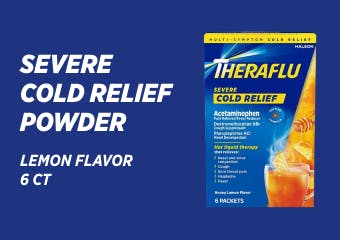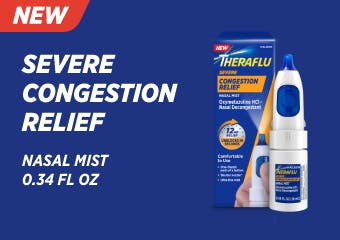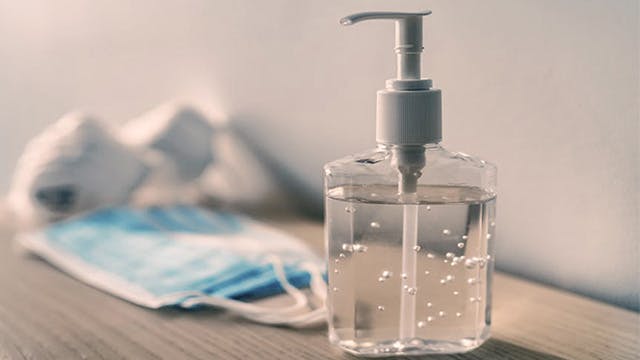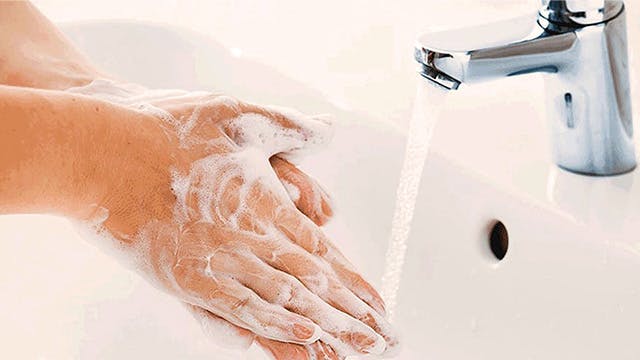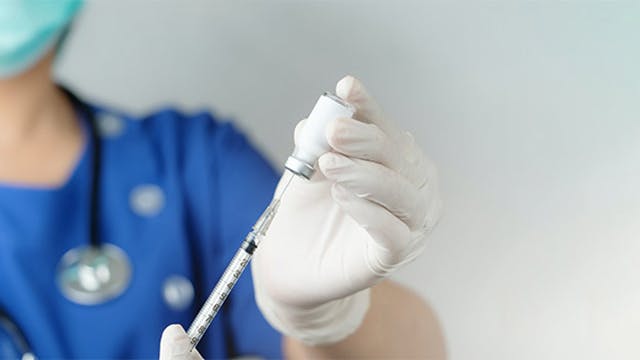How to Use Disinfectants
Before using a disinfectant, make sure to clean the surface first. If there are impurities such as dirt on a surface, it will make it more difficult for the chemicals in the disinfectant to kill germs.1 For a disinfectant to work properly, be sure to follow the instructions regarding contact time, the amount of time the disinfectant should be left on a surface before removing it.1 When used correctly, disinfectants can help limit the spread of germs in your household on several types of surfaces.
How to Disinfect Hard Surfaces
You can clean hard surfaces in your home with a wide array of products or using warm water and soap.1 While these can help remove dirt and other contaminants, they do not effectively kill germs.1 Use disinfectant products such as wipes, sprays and bleach solutions to help kill germs living on your hard surfaces.1
How to Disinfect Soft Surfaces
To disinfect soft surfaces, such as carpet, rugs and drapes, follow specific guidelines to avoid damaging the material. After that, use a disinfectant that is appropriate for whatever surface you’re trying to clean.1 For household items like drapes, bedsheets and pillow covers, the CDC recommends laundering them per the instructions provided by the manufacturer while using the warmest temperature possible to kill germs.1
How to Disinfect High-Touch Surfaces
Regularly use sanitizing wipes on all doorknobs and high-touch surfaces to keep them germ-free.2 These high-touch surfaces can be cleaned daily, especially if someone is or has been sick. Some examples of frequently touched surfaces include doorknobs, light switches, countertops and remotes.1
How to Keep Specific Rooms Clean
In addition to keeping surfaces clean in general, there are room-specific cleaning practices to help keep germs at bay. Here are recommendations to keep specific rooms in your house clean when someone at home is sick:
Bathroom
- Sink. Wash your hands after blowing your nose, sneezing or coughing so you don’t infect the things you touch or the sink’s surface.3 Keep separate sponges or cleaning cloths for bathroom sinks and kitchen counters, and clean the sink before moving on to the toilets and floors (so you’re cleaning in a highest to lowest order).4 Don’t share personal items on the sink such as toothbrushes or washcloths.
- Separate bathrooms. If you have an extra bathroom, reserve it for the sick individual in your home.
Kitchen
- Dish Towels. Avoid using dishtowels to dry dishes.1 They can spread germs.1
- Counters. Clean the kitchen counters often.1
- Stove. If you’re sick, try not to do any cooking for others until you’re feeling better. You might contaminate the food.3
Living Room
- Coffee Table. Don’t leave dirty dishes or used tissues out since they can accidentally be touched.2
- TV Remote. Use hand sanitizer before holding the remote since others may handle it throughout the day.4
- Couch. To keep germs to yourself, get comfy with your own blanket and not one used by others in the house.
Bedroom
- Bed. Wash sheets often if someone is sick.4
- Laundry. Clean the clothes hamper to help limit the spread of germs.1
Disinfect Electronics
When you disinfect your house after a cold or the flu, don't forget about electronics. The CDC recommends using wipeable covers for electronics, like your cell phone.1 It’s important to keep electronics in the house as sanitized as possible since many people can touch these products without knowing who may or may not have touched them last. Keep hand sanitizer or disinfectant spray in common areas of the house so others can easily keep their hands and surfaces clean.
If you or a loved one has the flu or a cold, these tips and guidelines on how to disinfect your house can help protect the health of those around you and keep your home as germ-free as possible. For more health tips, check out our resource center for articles on cold and flu symptoms and more.
